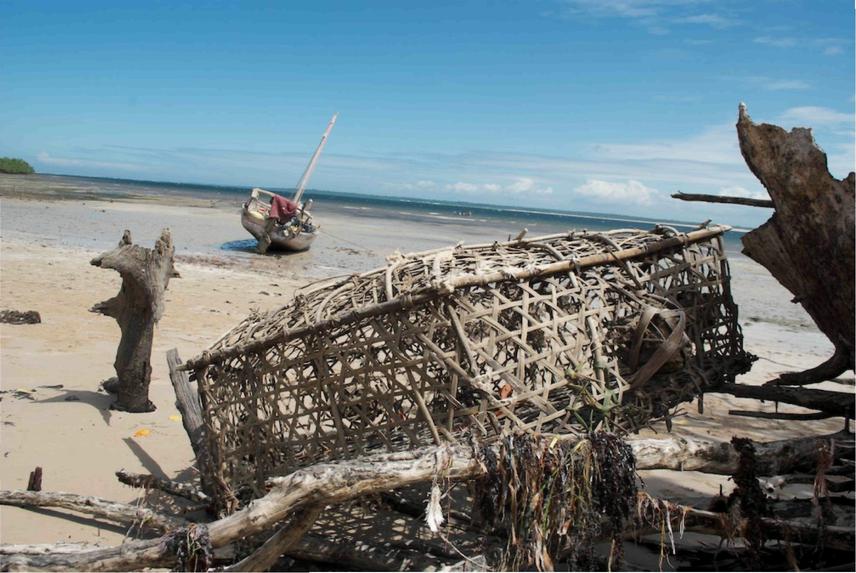Paul Mboya Tuda
Other projects
8 Sep 2017
Adapting Community-Based Approaches in Assessment of Fisheries for Improved Management of Artisanal Fisheries in Kenya
This project addresses the issue of fisheries resource use by artisanal fishers and their active participation in resource management. This will be achieved by training and engaging them in monitoring their resource use and impacts and thus become active managers of their resources.

Due to the declining fish stock, there have been increased conflicts between the fishers over fishing zones, fishing gears and hence proposed management measures meant to safeguard the resources. In an area where formal management measures in form of Marine protected area has been resisted the only alternative lies in empowering the local community of fishers to take advantage of the established beach management units, set by the government to manage fisheries resources. However, there is a clear lack of how to do it, hence the need to train the local fishers on participatory fisheries data collection, map out fishing zones and monitor the trend in landing to develop a locally managed areas that have ecological value based on data collected by the community and decisions that have been influenced by community participation and not dictated by external agencies.
Involving the community in resource monitoring makes them more aware of the problems facing the environment, thus they will be more receptive towards management recommendations and proactive in managing use of and threats to the environment. This will provide a basis for a potentially low-cost and highly practical and sustainable mechanism for data collection over the long term. Working with already established beach management units, the idea is to train the fishers and collectively develop actions plans based on the already existing user patterns but focusing on how the fishers can reduce destructive impacts on the resources by having locally managed areas that are monitored locally by a trained group of fishers. Identifying simple indicators that can be used to determine the state of the fisheries to assist them in making designs that is both ecologically sound but also economically viable at their level. This work will largely rely on the local knowledge and expertise.